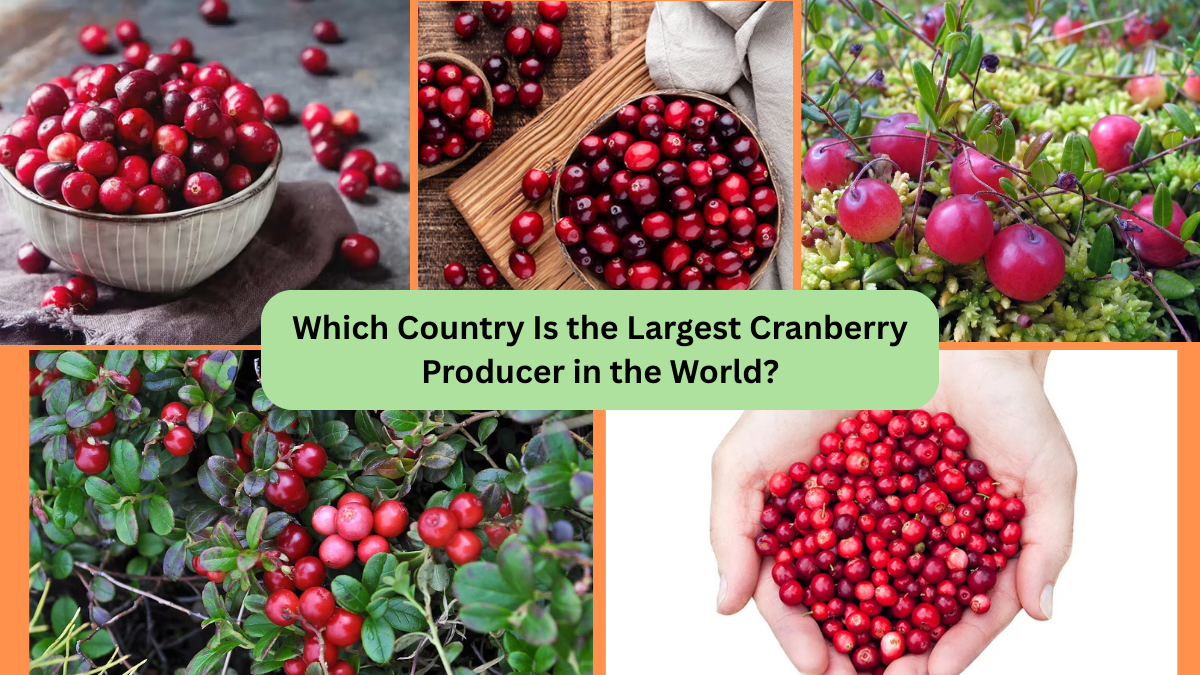Cranberries — those vibrant, tart little berries most often associated with Thanksgiving tables and refreshing juices — are one of the most iconic fruits of North America. Loved for their unique flavor and powerful health benefits, cranberries are a staple in countless homes, bakeries, and restaurants around the world.
But if you’ve ever wondered where the world gets most of its cranberries, the answer might not surprise you. The United States holds the crown as the largest cranberry producer in the world. In fact, America’s cranberry production far surpasses that of any other country, and it’s a title they’ve held for generations.
In this article, we’ll take a deep dive into the fascinating world of cranberries, explore the top cranberry-producing countries, and uncover why the United States dominates this berry market.
A Quick Look at Cranberries
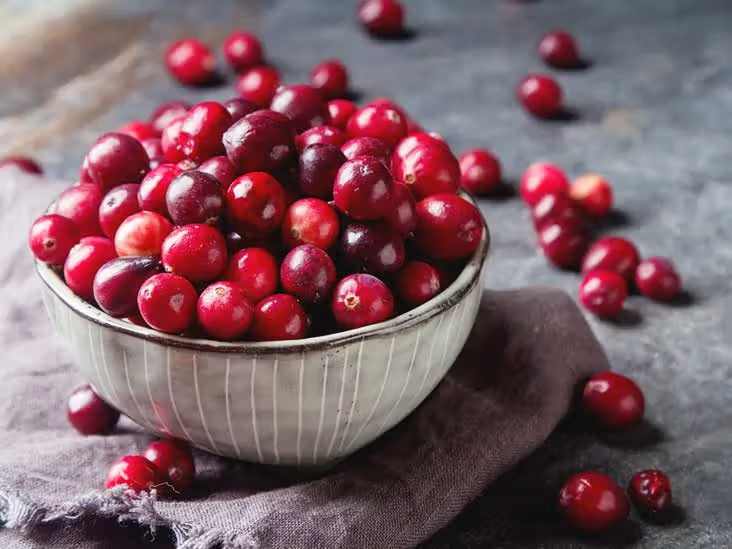
Cranberries are part of the Vaccinium genus, which also includes blueberries and bilberries. They grow on low, trailing vines in acidic bogs and marshes, primarily in cooler climates. Known for their tart flavor and brilliant red color, cranberries are loaded with antioxidants, vitamin C, and other valuable nutrients.
Native to North America, cranberries have long been used by indigenous peoples for food, medicine, and dye. Today, they are consumed fresh, dried, or juiced and are an essential ingredient in sauces, desserts, and health products.
Why Are Cranberries So Popular Worldwide?
Cranberries aren’t just beloved for their unique flavor — they offer a host of health benefits that have fueled their global popularity:
- Rich in Antioxidants: Help combat oxidative stress.
- Supports Urinary Tract Health: Traditionally known to prevent urinary tract infections.
- Boosts Immunity: High in vitamin C and other immunity-enhancing compounds.
- Versatile Culinary Ingredient: Used in sweet, savory, and beverage recipes.
- Naturally Low in Calories and High in Fiber
Because of these advantages, cranberries have seen growing demand not just in North America but across Europe, Asia, and other parts of the world.
Global Cranberry Production at a Glance
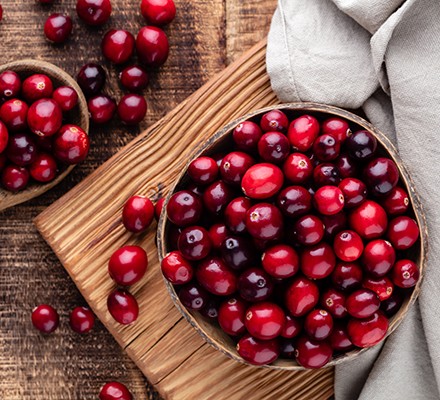
While several countries grow cranberries commercially, production is heavily concentrated in North America, particularly in the United States and Canada.
Top Cranberry Producing Countries (Latest Global Data)
| Rank | Country | Estimated Annual Production (Metric Tons) |
|---|---|---|
| 1 | United States | Around 370,000 |
| 2 | Canada | 160,000 |
| 3 | Chile | 110,000 |
| 4 | Belarus | 9,000 |
| 5 | Latvia | 8,000 |
As you can see, the United States leads the way by a wide margin, contributing over 55% of the world’s cranberries annually.
Why is the United States the Largest Cranberry Producer?
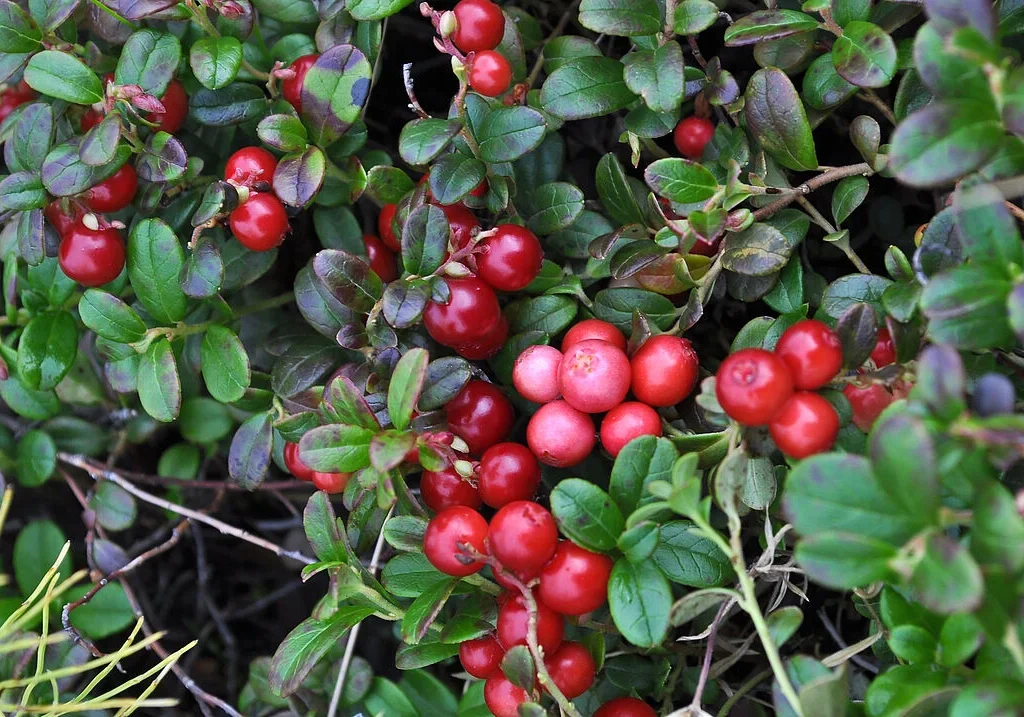
Native Crop with a Deep Agricultural History
Cranberries are indigenous to North America, naturally thriving in the acidic bogs and wetlands of the United States’ northeastern and midwestern regions. Native American tribes like the Wampanoag were harvesting wild cranberries long before European settlers arrived.
Today, cranberry farming has become a commercial powerhouse, rooted in centuries of cultivation expertise passed down through generations.
Ideal Growing Conditions
Cranberries require:
- Acidic peat soil
- Abundant fresh water
- Cool temperatures
- A dormant winter season
These conditions are naturally found in key U.S. states like Wisconsin, Massachusetts, New Jersey, Oregon, and Washington — collectively responsible for nearly all of the country’s cranberry harvest.
Innovative Farming Techniques
Modern American cranberry growers employ sophisticated agricultural practices to increase yield and quality:
- Flood harvesting: Bogs are flooded, and cranberries are mechanically dislodged to float on water for easy collection.
- Precision irrigation systems
- Integrated pest management
- Sustainable farming initiatives
Such innovations make large-scale, efficient cranberry production possible.
Strong Export and Domestic Markets
The United States benefits from both a strong domestic market — thanks to cultural traditions like Thanksgiving cranberry sauce — and a growing export business to Europe, Asia, and South America.
Top Cranberry Producing States in the USA
Among American states, Wisconsin reigns supreme, producing more cranberries than all other states combined.
Cranberry Production by State (Approximate Data)
| State | Annual Production (Barrels) |
|---|---|
| Wisconsin | 4.9 million |
| Massachusetts | 2 million |
| New Jersey | 600,000 |
| Oregon | 550,000 |
| Washington | 180,000 |
A “barrel” of cranberries equals about 100 pounds.
Wisconsin’s cool climate, abundant wetlands, and established cranberry culture make it an ideal location for large-scale cultivation.
Economic and Cultural Importance of Cranberries in the United States
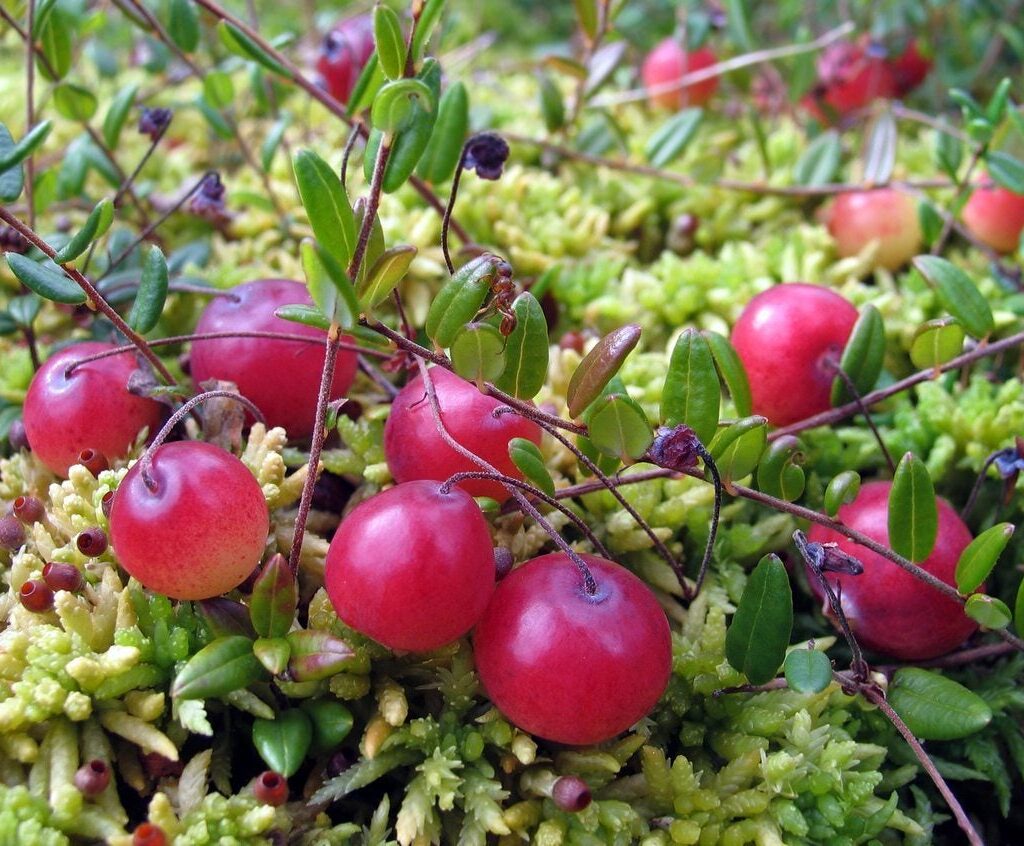
Cranberries aren’t just a crop — they’re an integral part of America’s agricultural heritage and economy.
- Provides employment for over 15,000 people in growing, processing, and distribution.
- Contributes hundreds of millions of dollars annually to the U.S. economy.
- Drives rural development in regions like central Wisconsin.
- Plays a central role in American holidays like Thanksgiving and Christmas.
The U.S. cranberry industry is also closely tied to the country’s culinary culture, with dishes like cranberry sauce, cranberry cocktails, and cranberry desserts cherished by generations.
The Rise of Cranberry Production in Chile and Canada
While the United States dominates, Canada and Chile have also become significant players in the global cranberry market.
Canada
Primarily grown in British Columbia and Quebec, Canadian cranberries benefit from similar climates and soil conditions as their American counterparts. Canada ranks as the second-largest global producer and a key exporter to Europe and Asia.
Chile
Chile’s cranberry production has surged in recent years due to:
- Favorable southern hemisphere seasons that complement northern harvests.
- Expanding global demand for cranberries, especially in dried and juiced forms.
Chile’s harvest season runs from March to May, providing off-season supply to North America and Europe.
Challenges Facing the Cranberry Industry
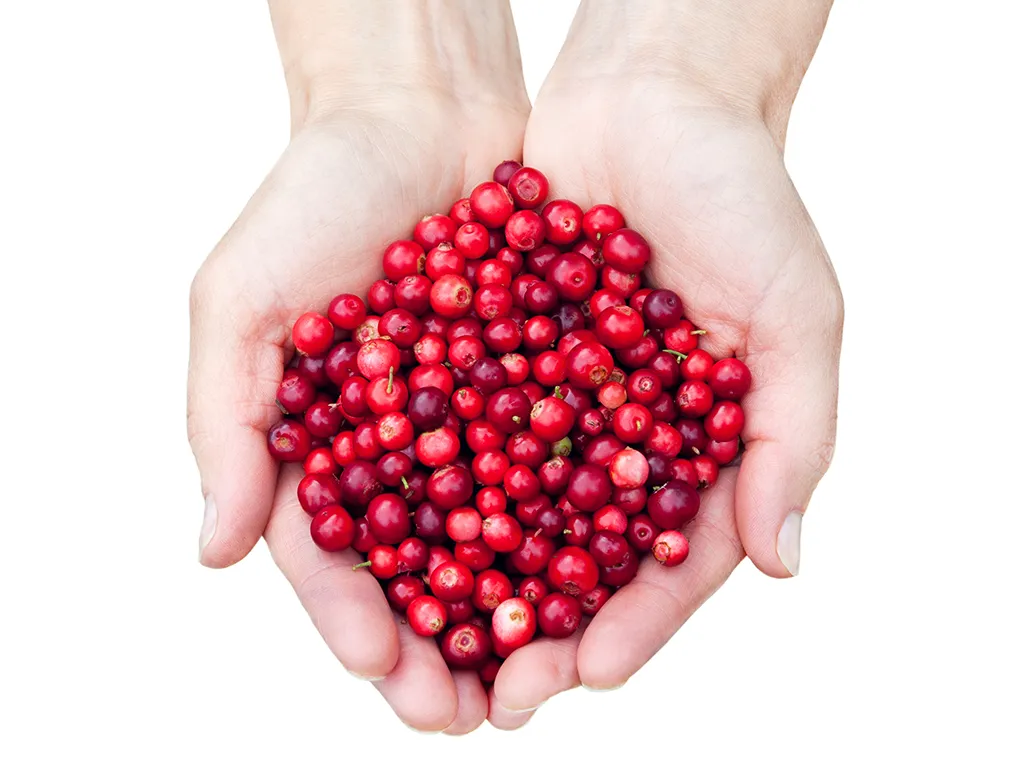
Despite its success, the global cranberry industry — including the United States — faces ongoing challenges:
- Climate Change: Warmer winters and unpredictable rainfall can harm cranberry yields.
- Water Management: Cranberry bogs require large amounts of water for irrigation and harvesting.
- Market Oversupply: In some years, overproduction leads to surplus and falling prices.
- Trade Barriers: Export markets can be sensitive to tariffs and import restrictions.
To address these issues, cranberry growers are investing in sustainable practices, efficient water use, and diversification of products like cranberry supplements and extracts.
Final Thoughts
To wrap it up — the answer is clear. The United States is the largest cranberry producer in the world, with Wisconsin at the heart of this vibrant industry. From its indigenous roots and rich history to modern, large-scale farming operations, America’s cranberry industry continues to lead the way globally.
Cranberries are more than a festive holiday side dish; they represent a deeply rooted agricultural tradition, a valuable economic resource, and a powerhouse superfruit loved by millions around the world.
So next time you sip on a tart cranberry juice or relish a sweet cranberry pie, you’ll know that the vibrant red berries likely originated from the cool, misty bogs of the United States.
